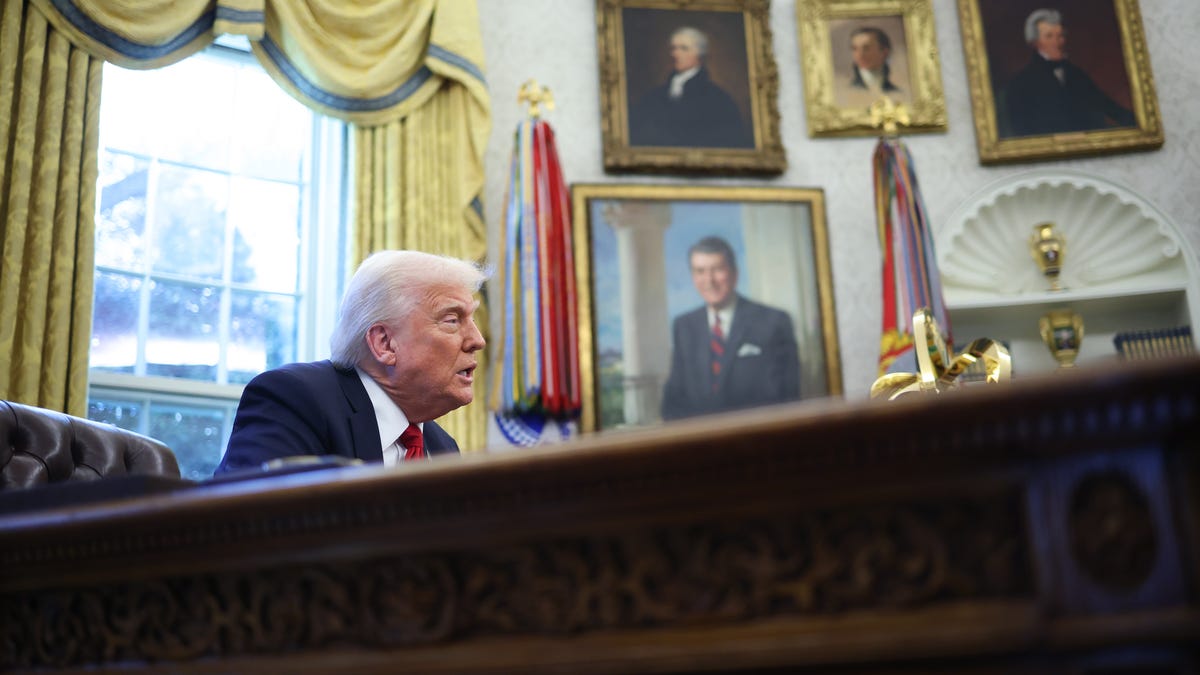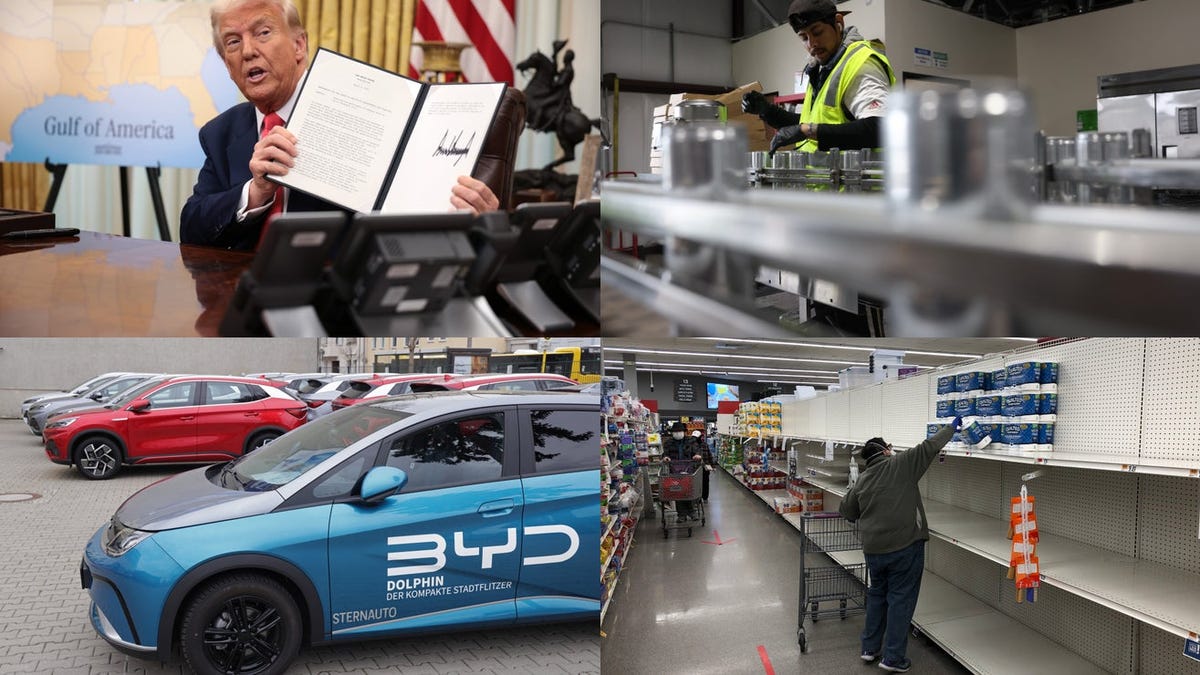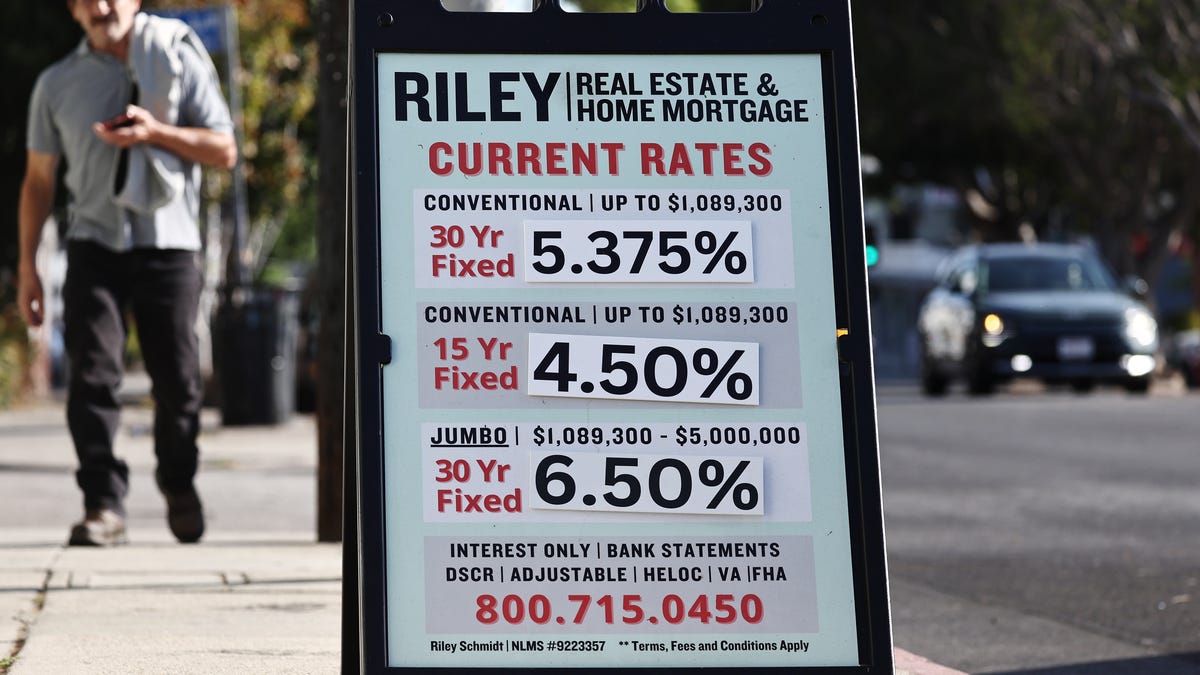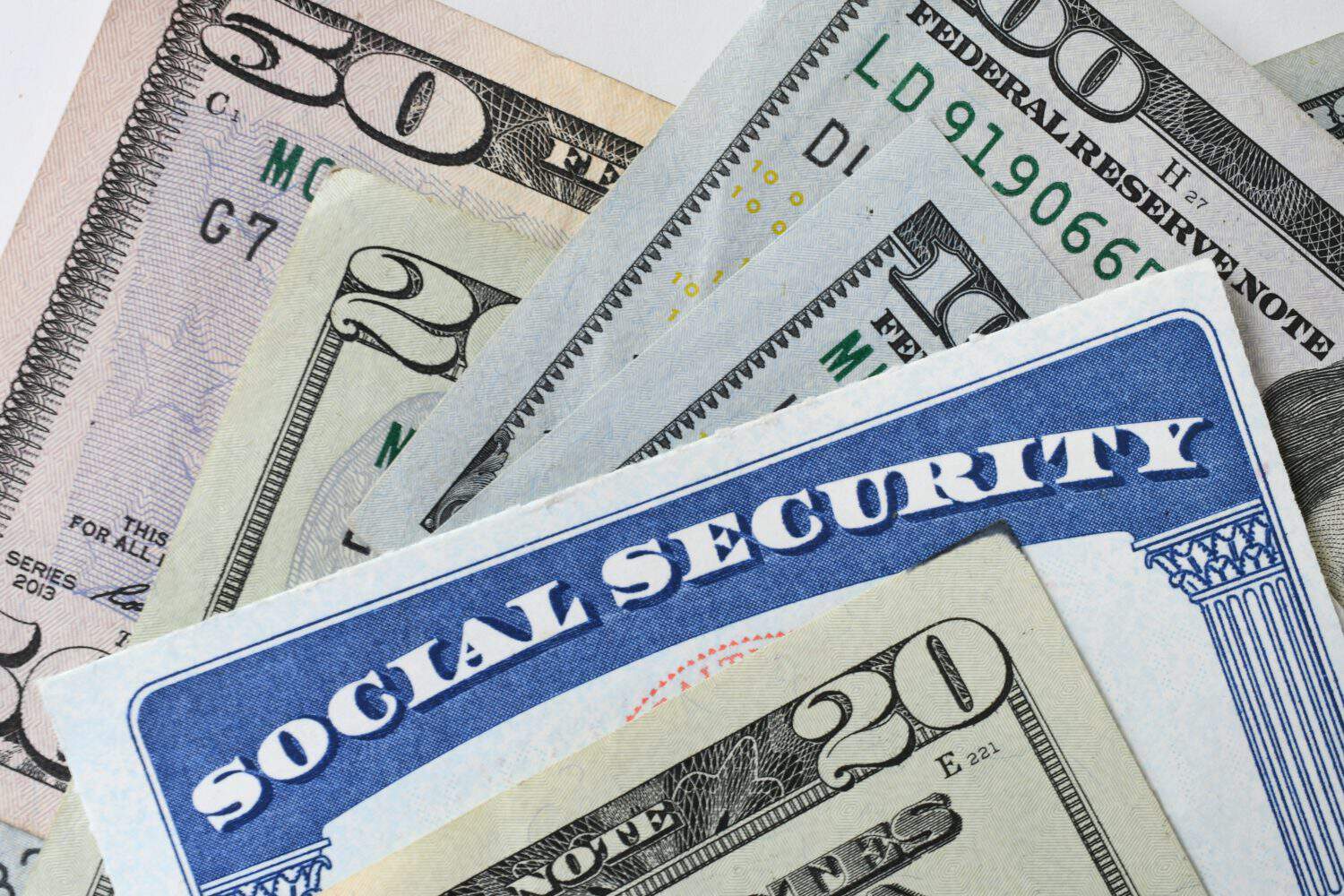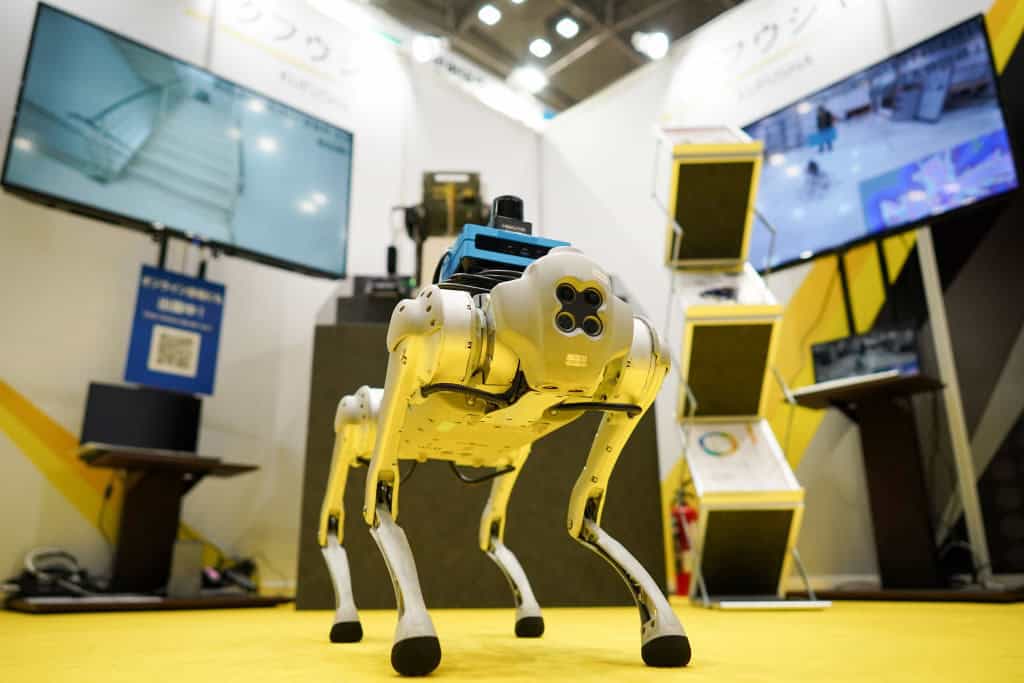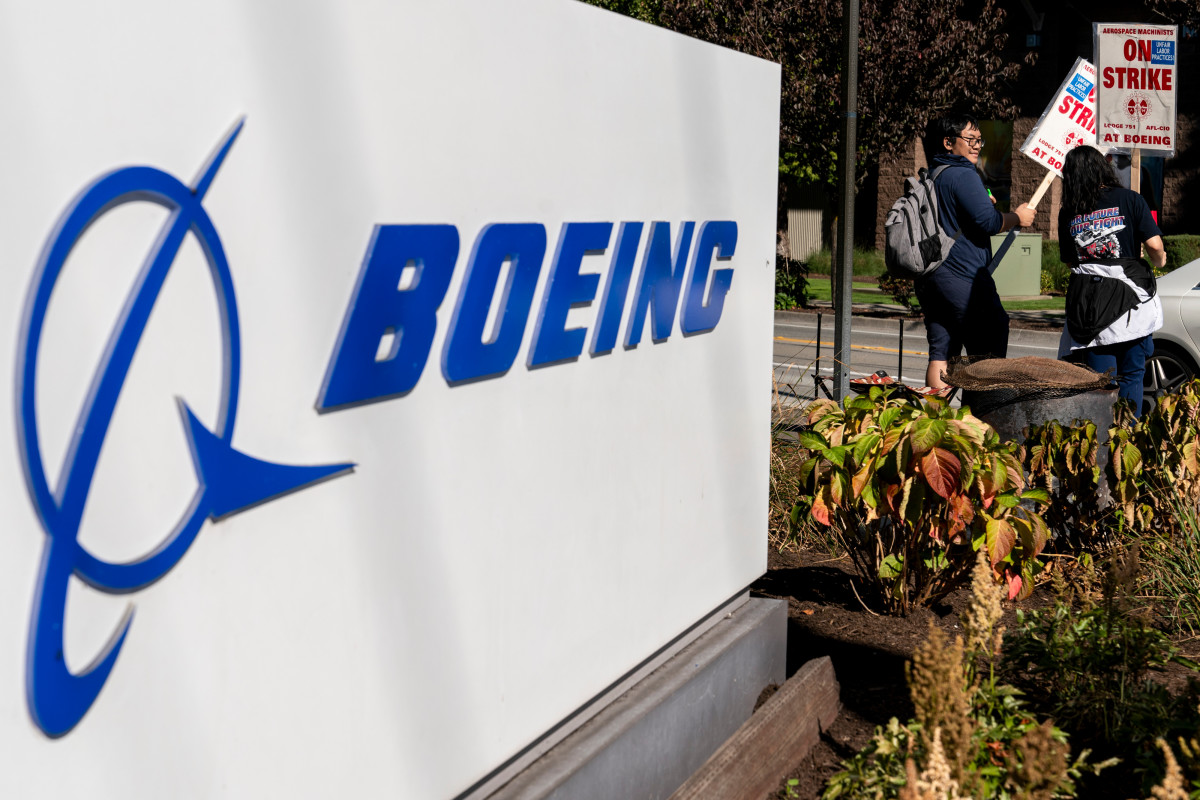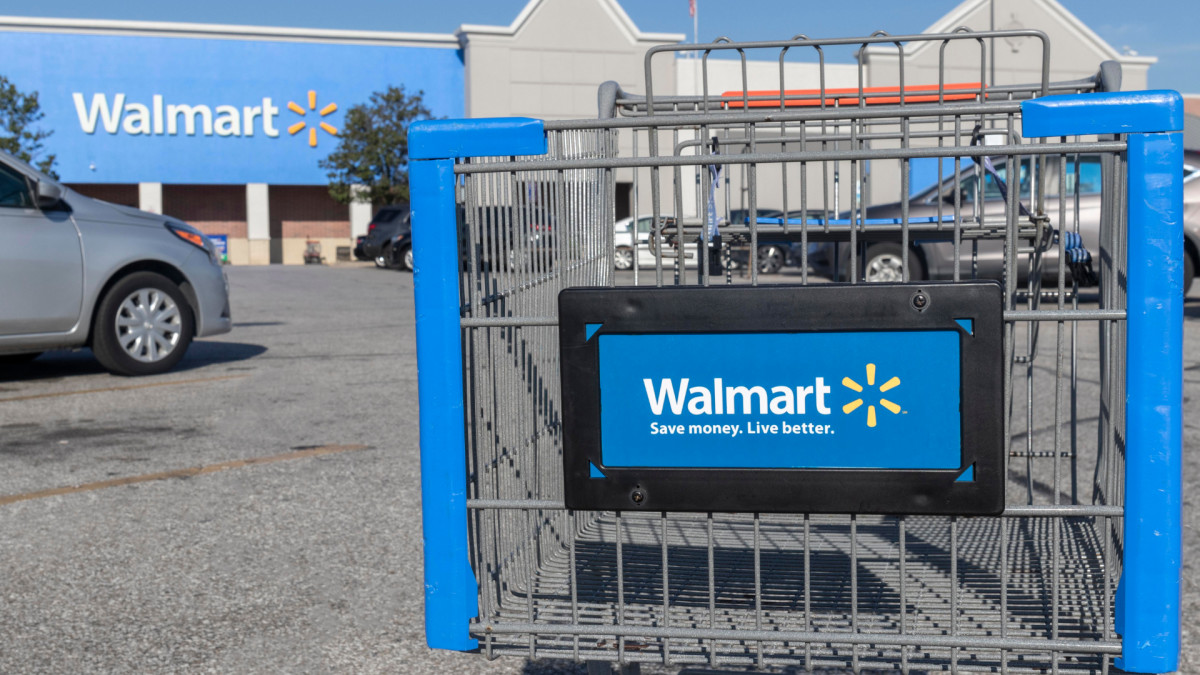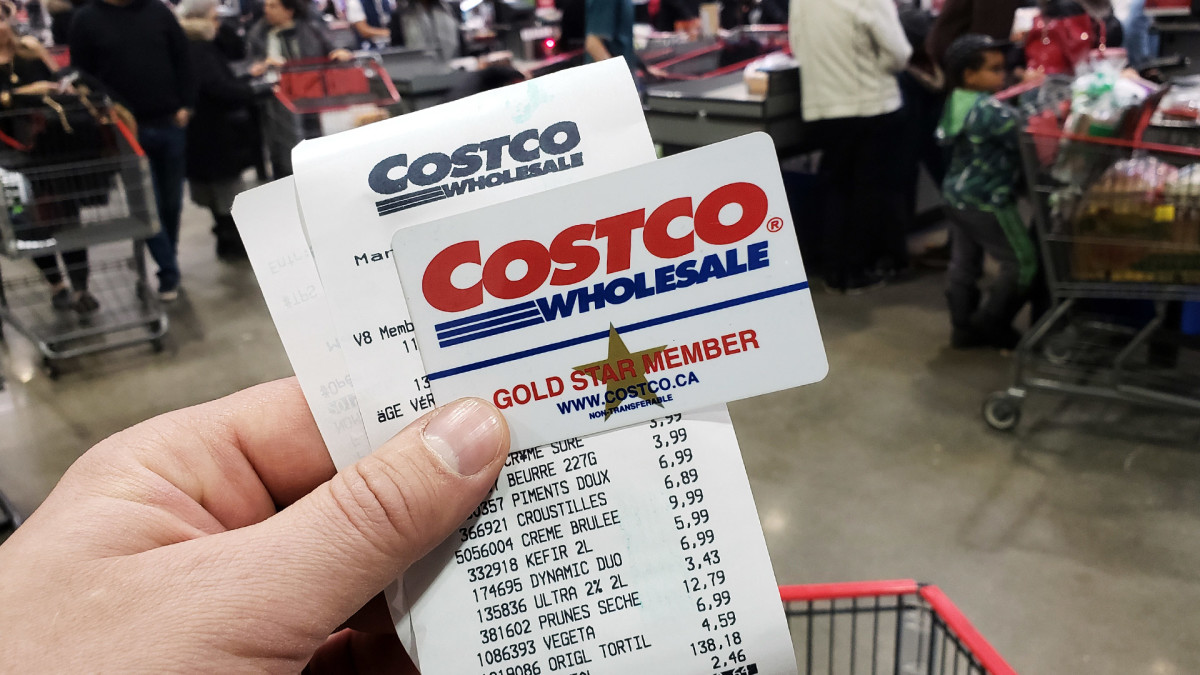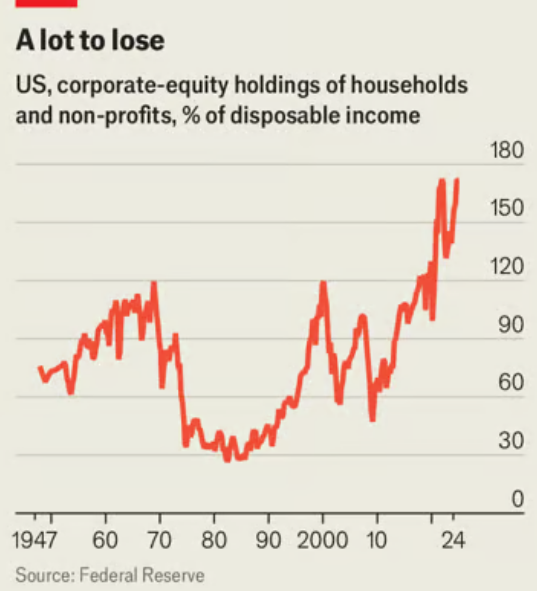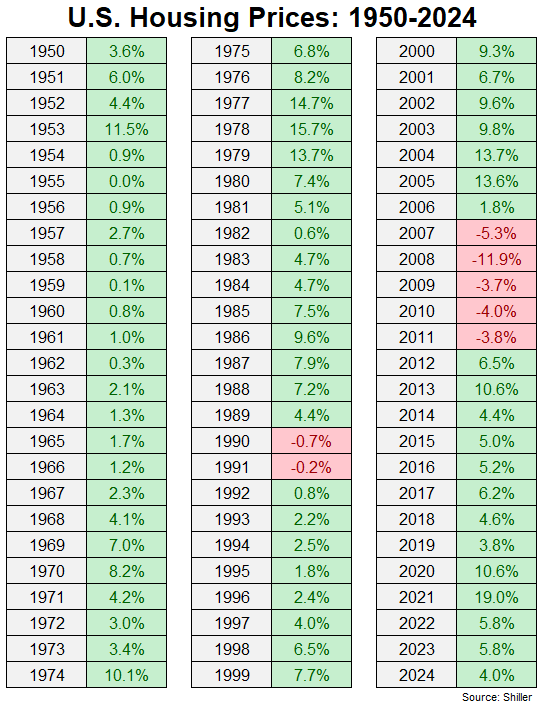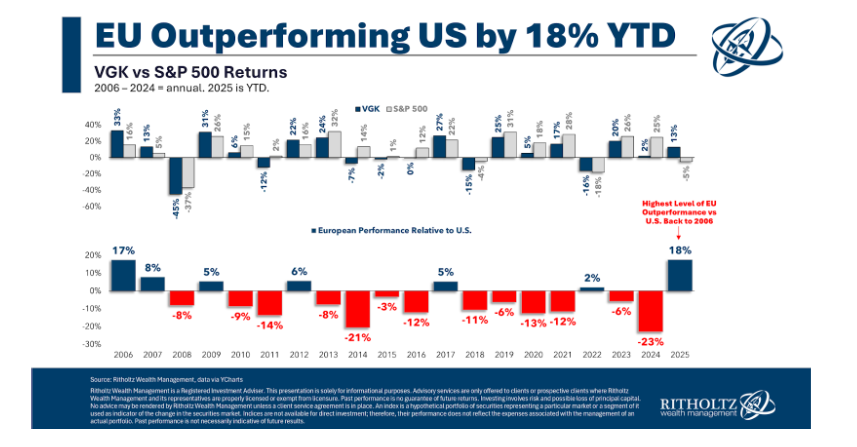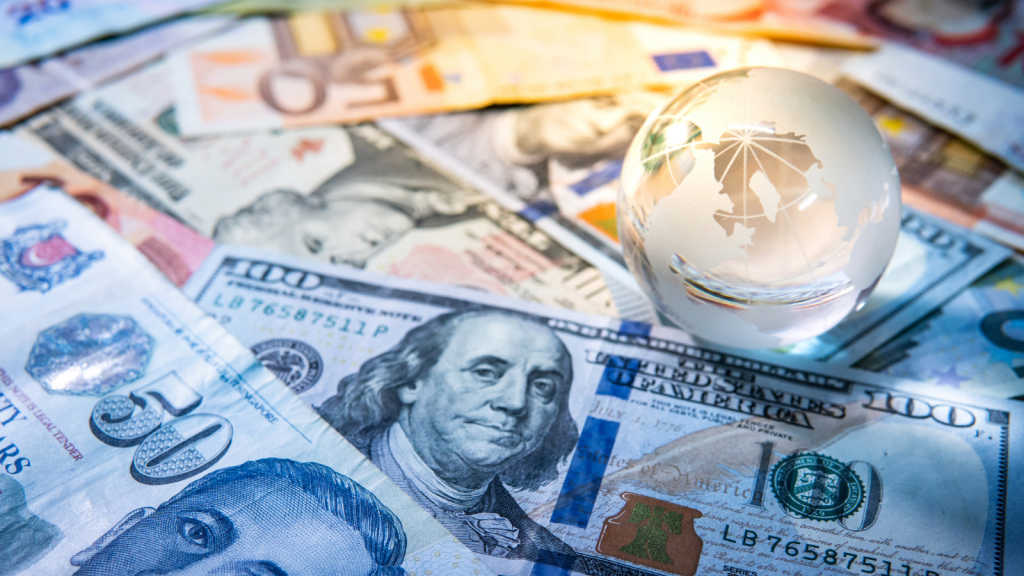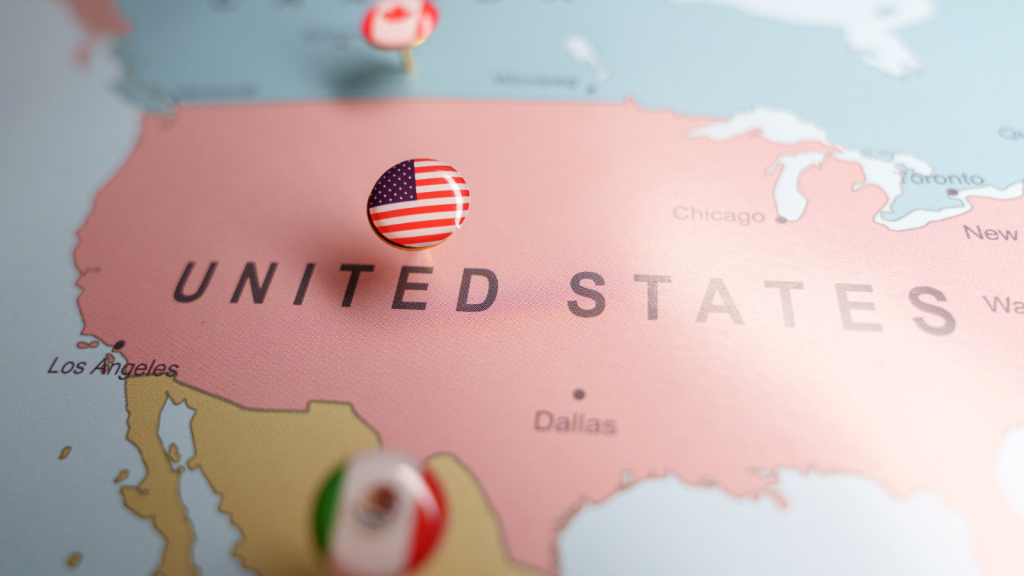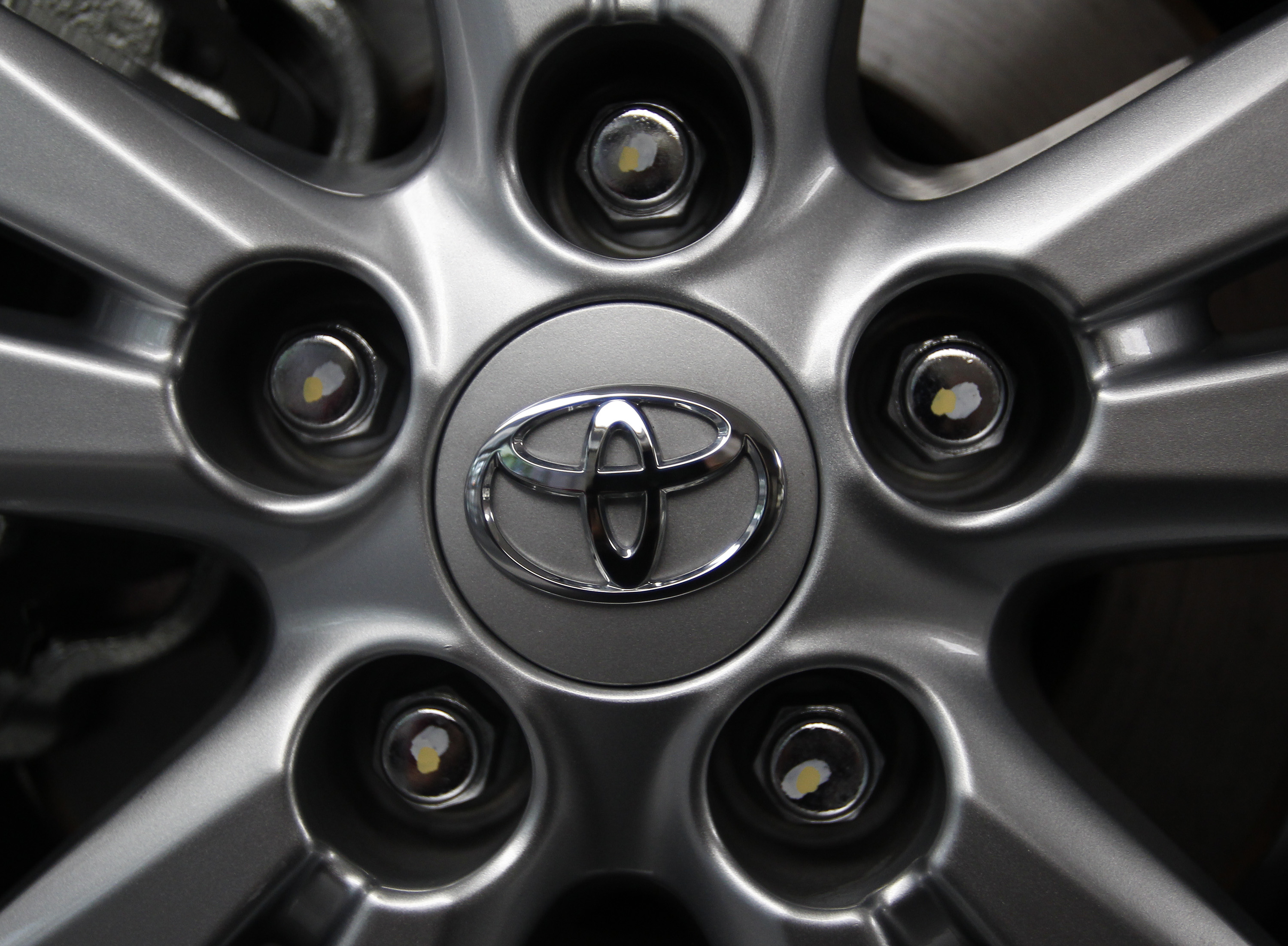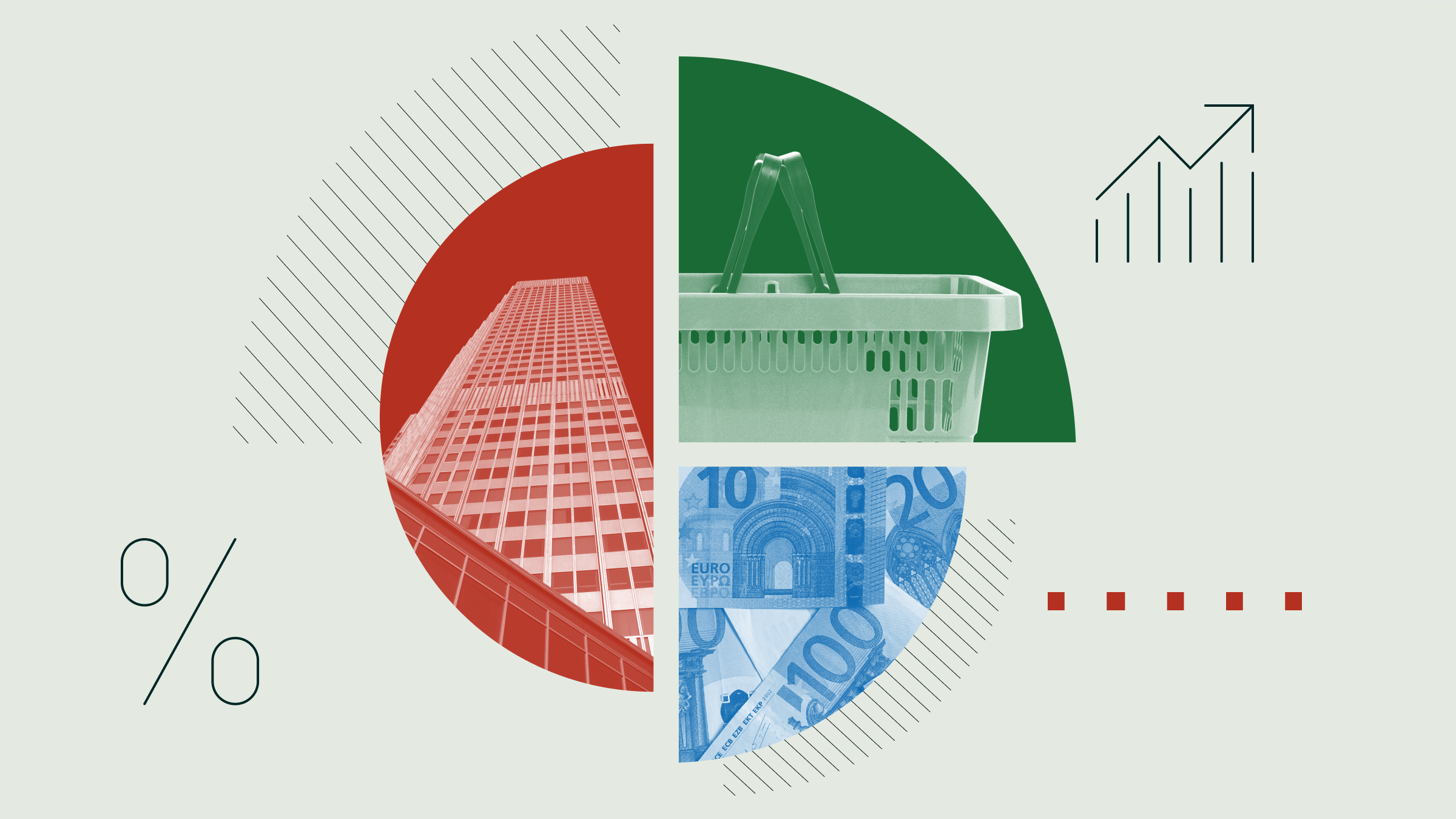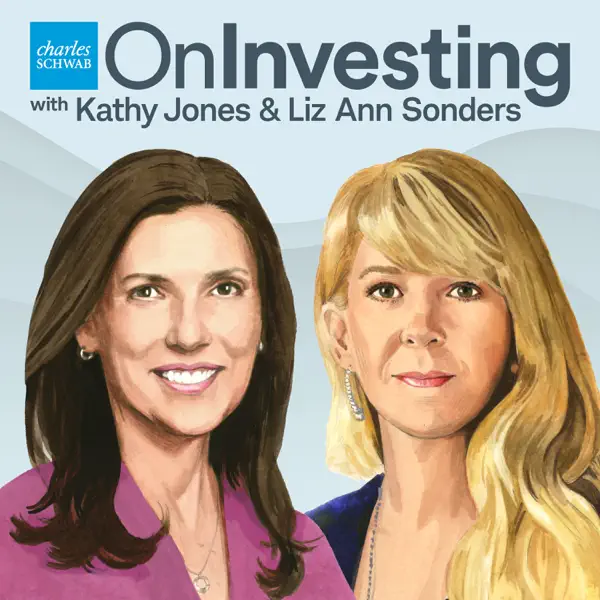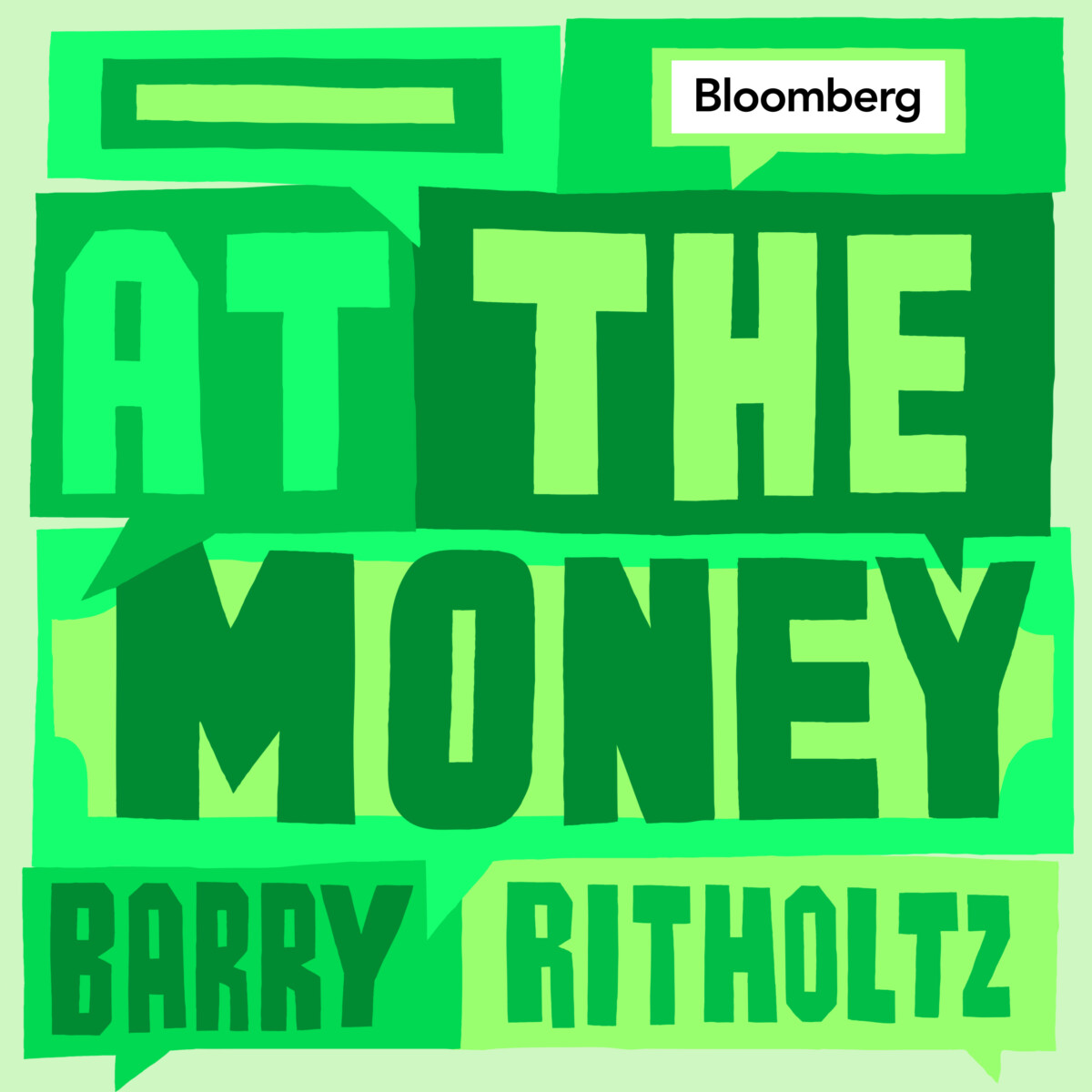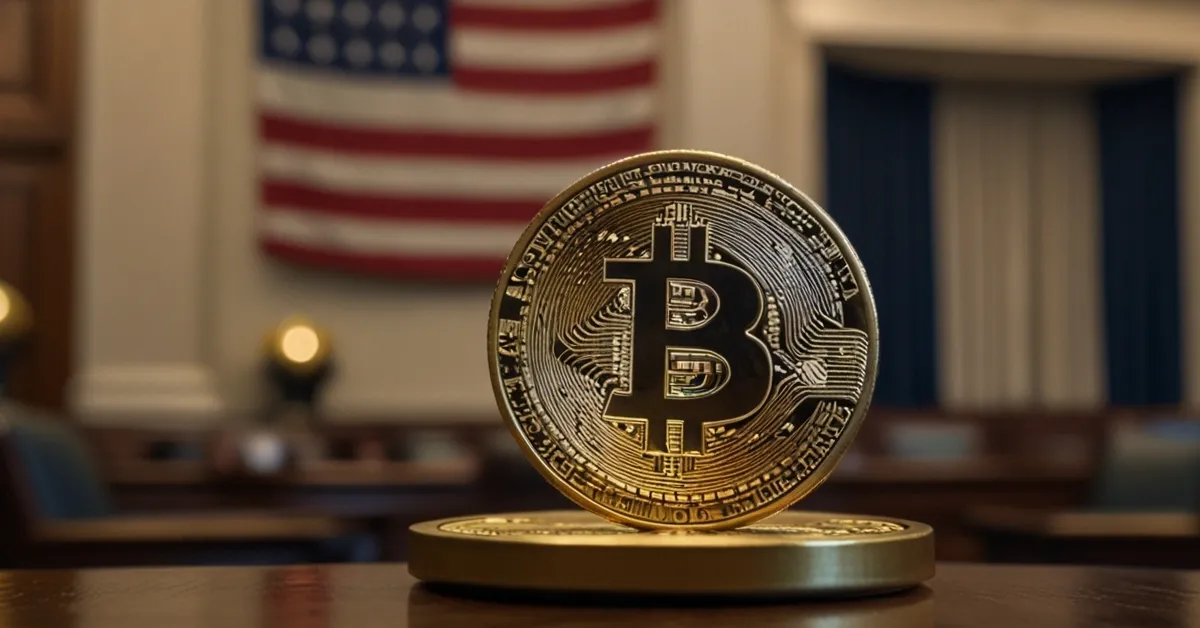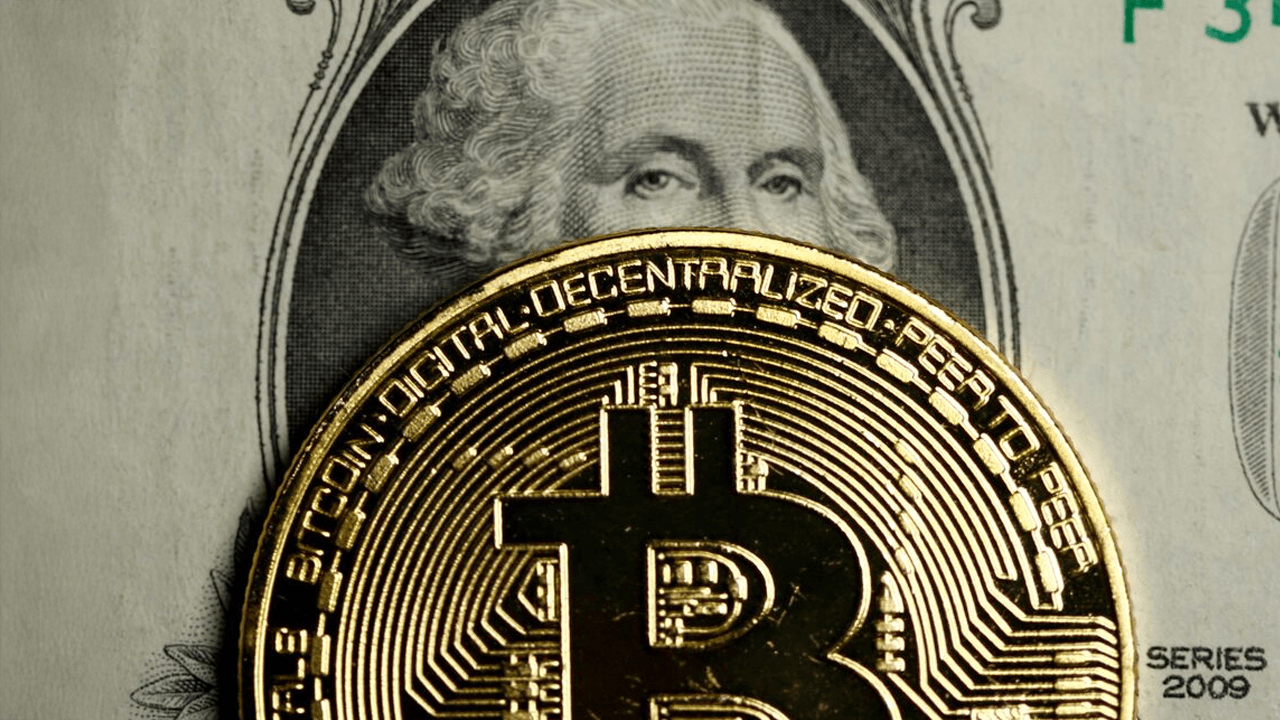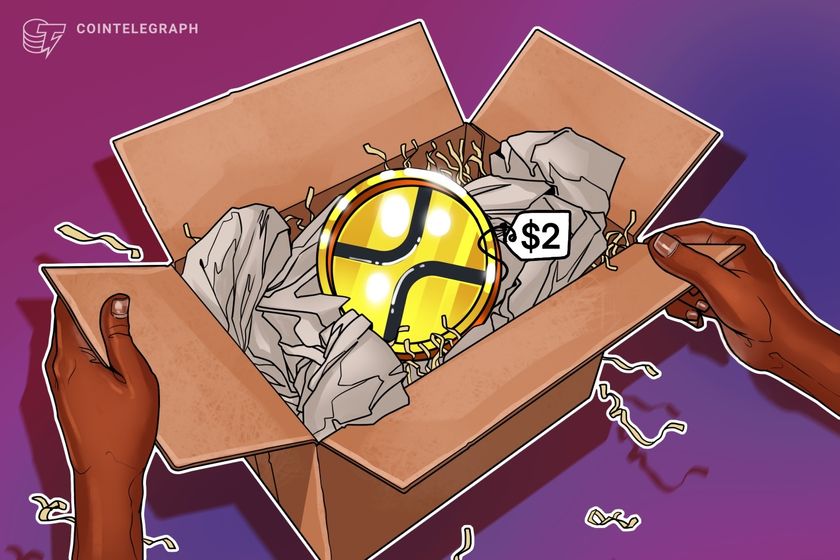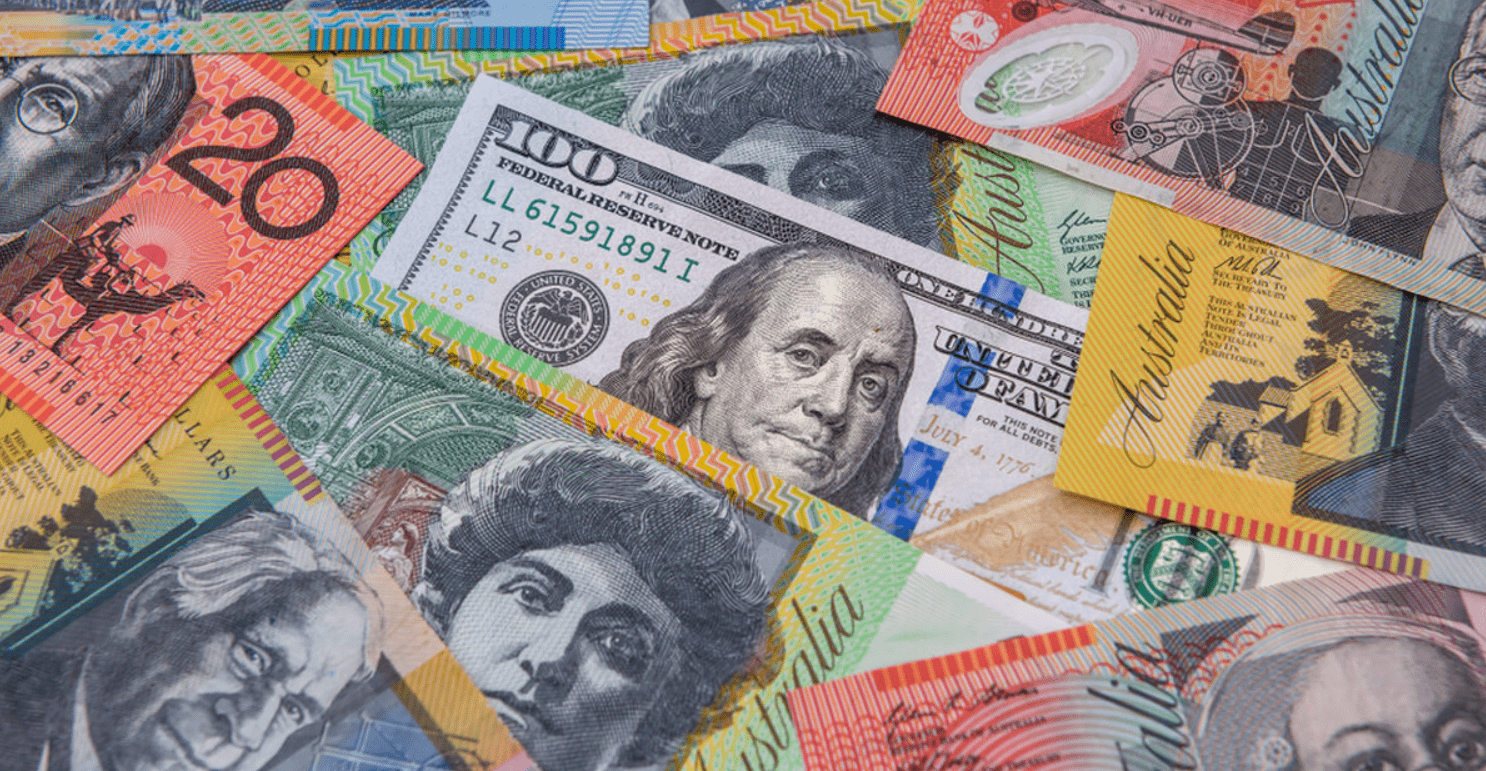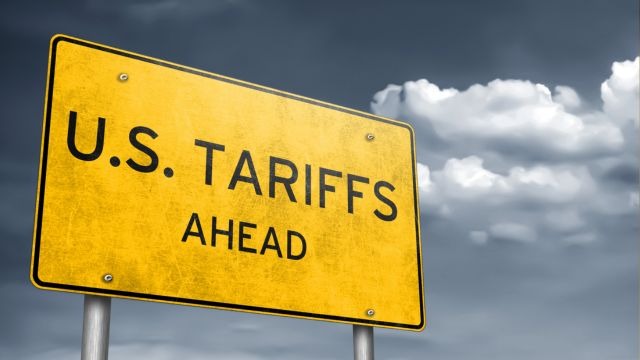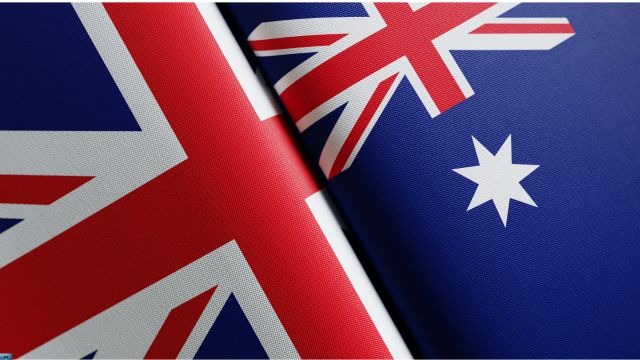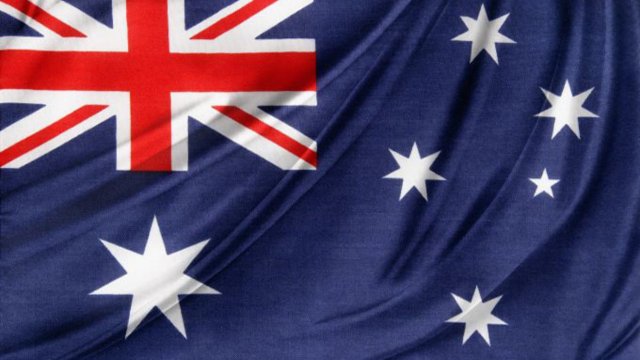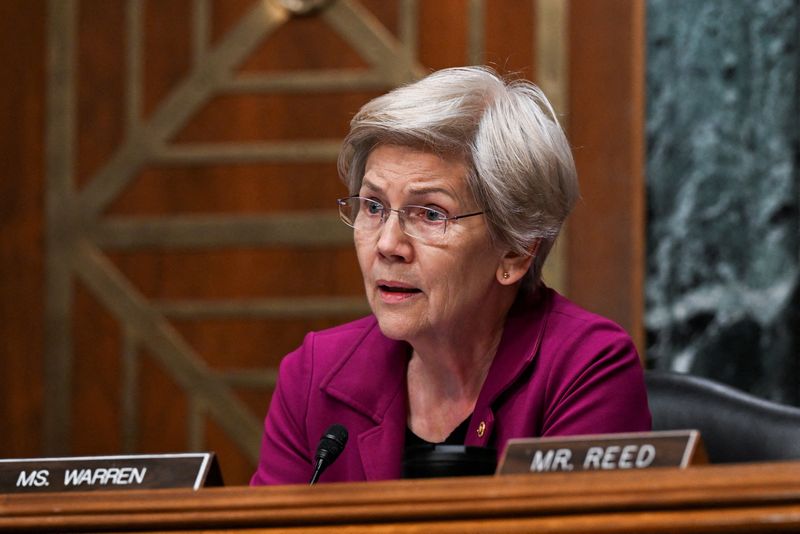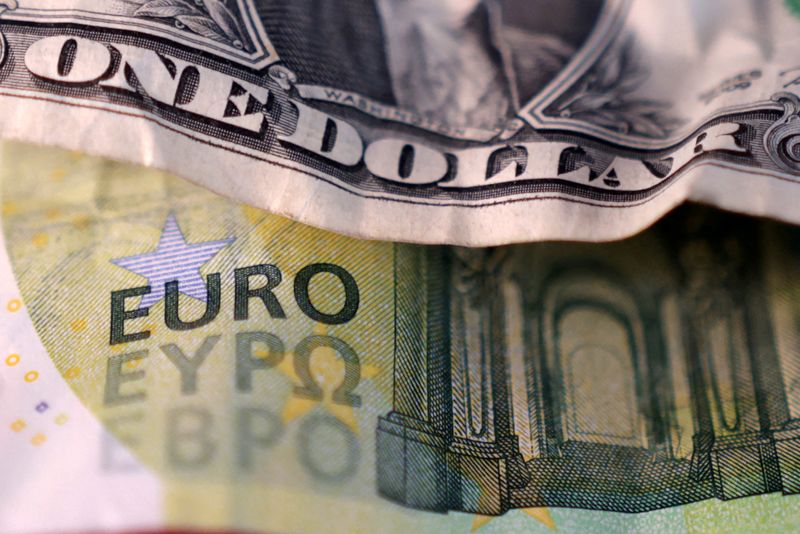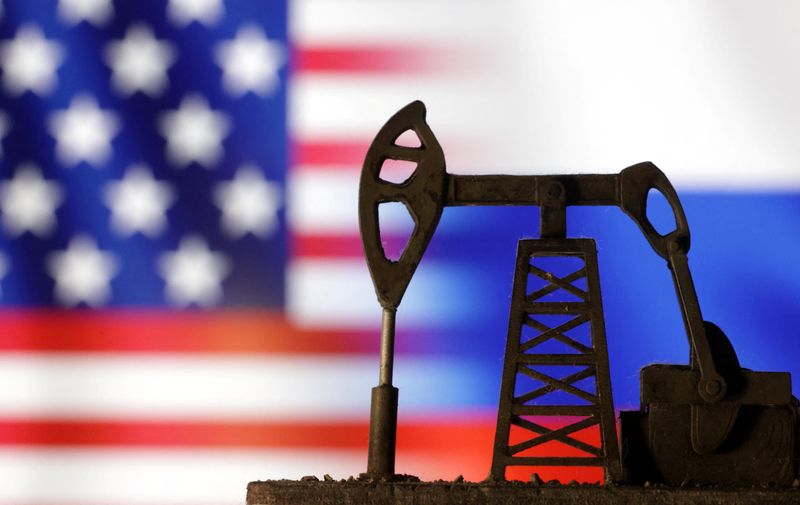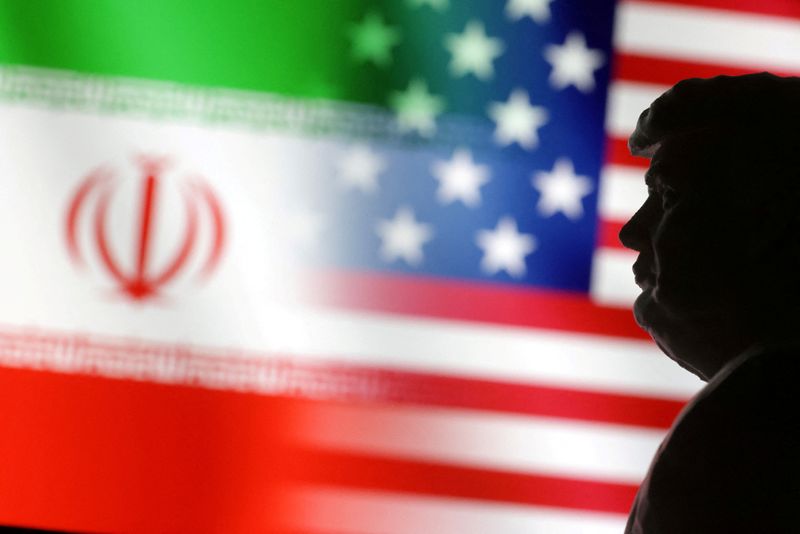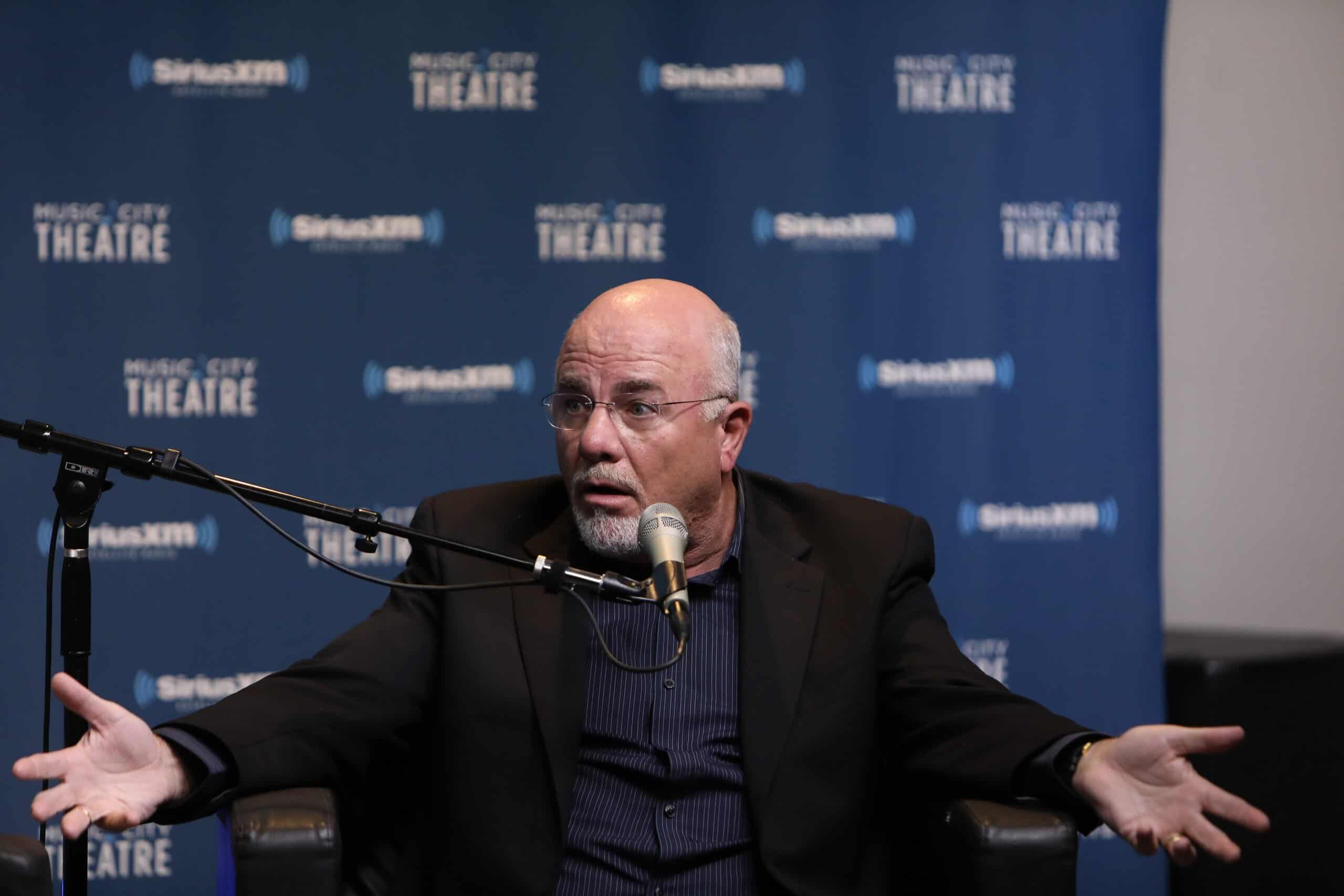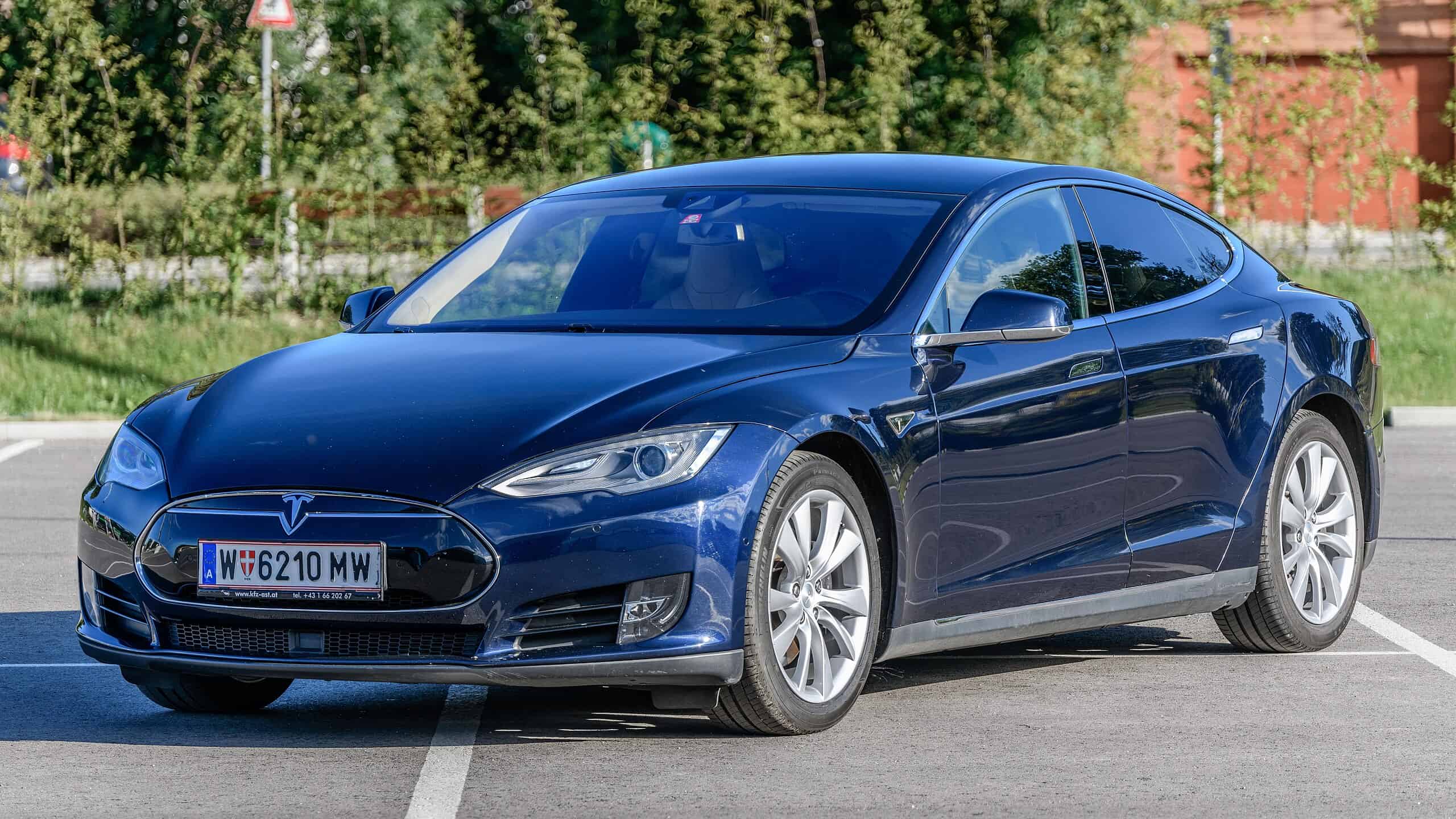How Did China Work Around Previous U.S. Tariffs? Can They Do It Again?
Donald Trump has been threatening tariffs of various and ridiculous levels for months now, along with a slew of other economic threats and government actions to convince other countries to do what he wants. Among them are new tariffs against China which is now one of the most powerful countries in the world and has […] The post How Did China Work Around Previous U.S. Tariffs? Can They Do It Again? appeared first on 24/7 Wall St..
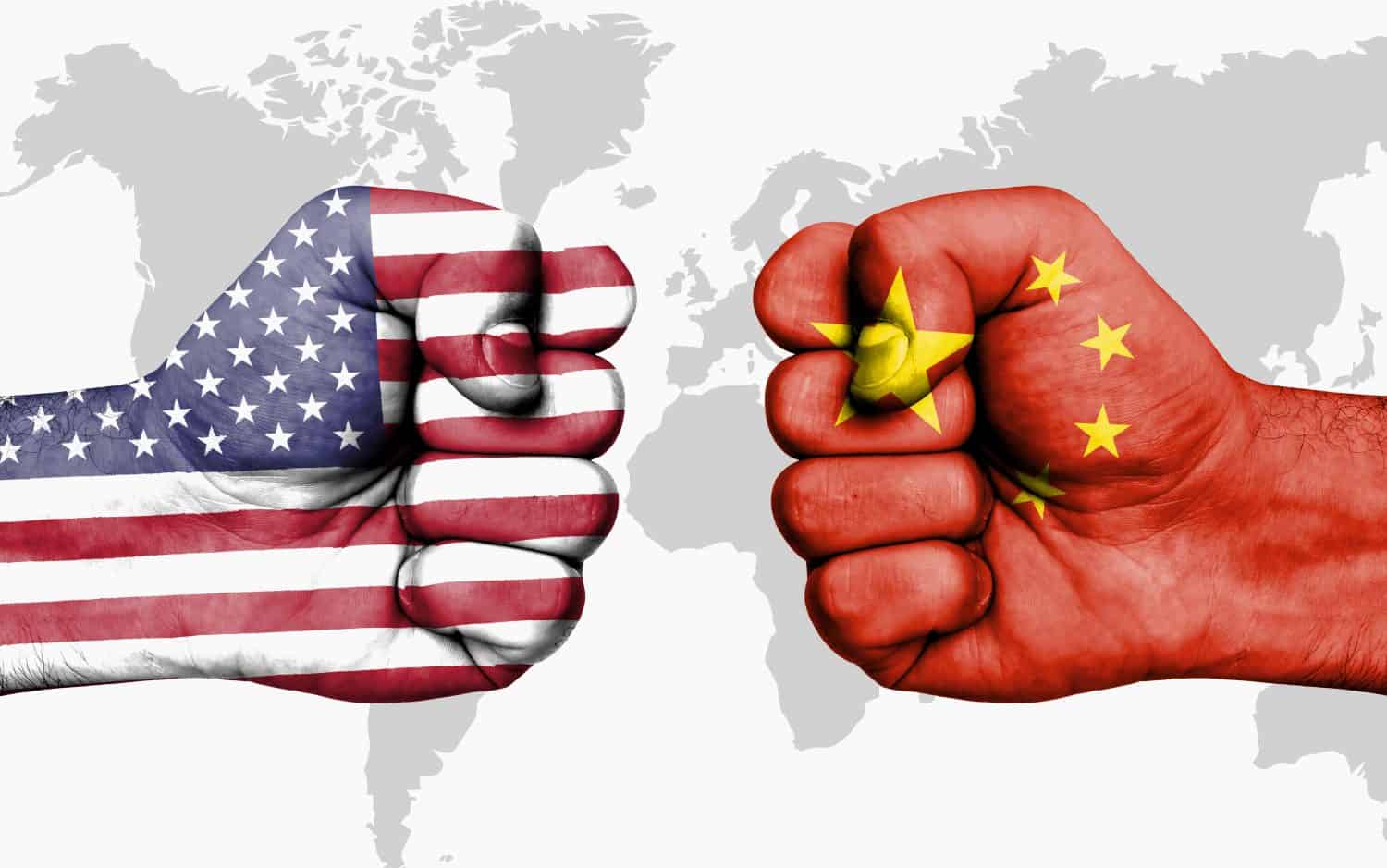
Donald Trump has been threatening tariffs of various and ridiculous levels for months now, along with a slew of other economic threats and government actions to convince other countries to do what he wants. Among them are new tariffs against China which is now one of the most powerful countries in the world and has managed to get out of paying U.S. tariffs in the past.
Key Points
-
Tariffs are a tax imposed on foreign goods that are paid by the consumer. Companies can get around them by changing where their goods are manufactured.
-
China has limited motivation to resolve the trade war because Trump’s tariffs hurt the U.S. more than they hurt China.
-
Are you ahead, or behind on retirement? SmartAsset’s free tool can match you with a financial advisor in minutes to help you answer that today. Each advisor has been carefully vetted, and must act in your best interests. Don’t waste another minute; get started by clicking here here.(Sponsor)
But how did China outmaneuver the U.S. government? How does it continue to get the better end of any trade deal with the United States? Can it continue avoiding tariffs no matter how high Trump threatens to make them? Here is what we know.
The Background on Tariffs
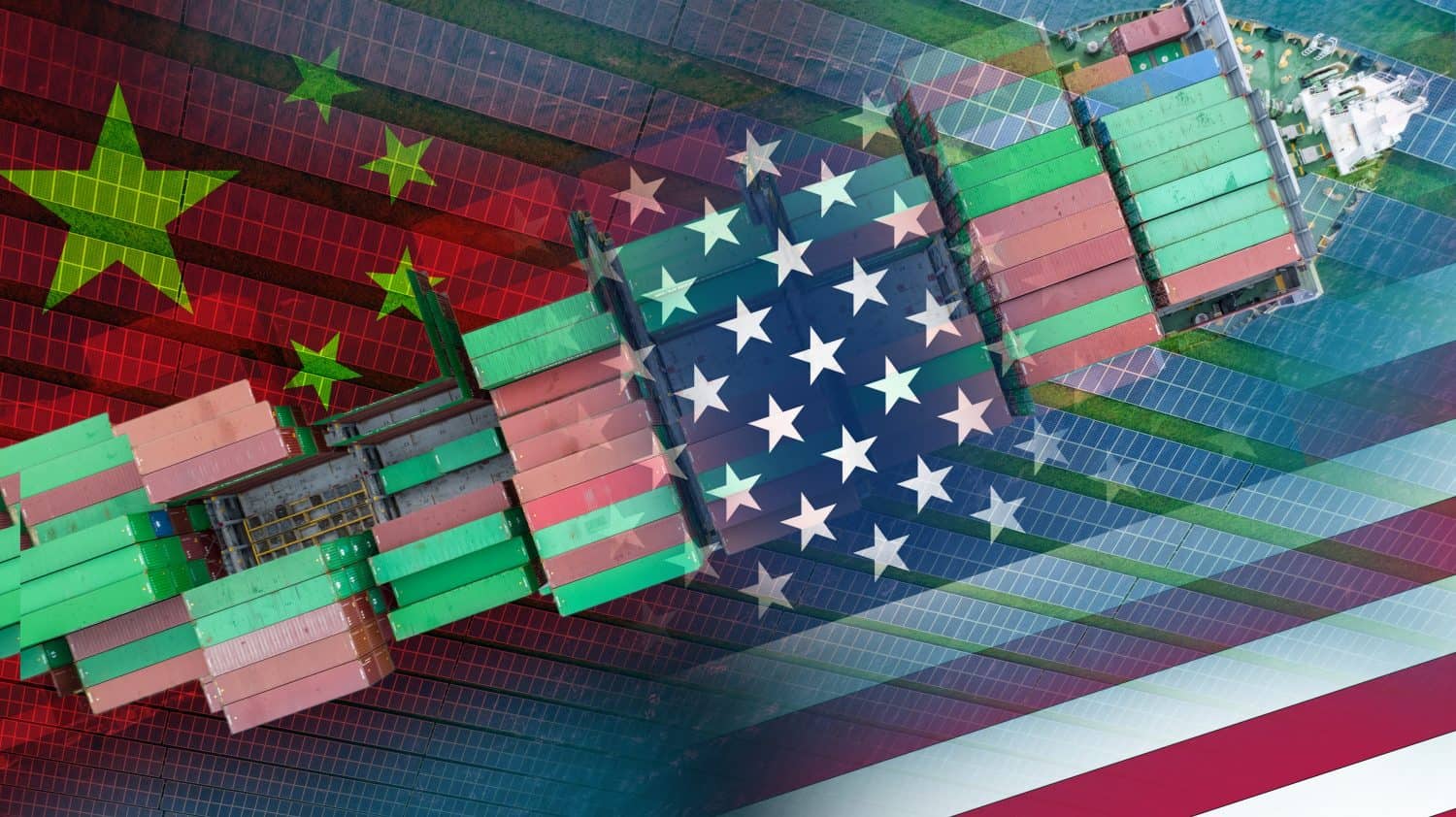
Tariffs are essentially a tax on foreign goods that is paid for by the citizens of a country. Economists and policy experts all agree that tariffs are almost always self-defeating and always harm the country of origin, the target country, and the end consumers.
Tariffs are usually used to protect domestic industries from foreign competition, but they usually end up damaging those domestic industries anyway. Authoritarian governments usually employ more tariffs at higher rates than countries that have free and open markets.
As an example, after Trump’s tariffs during his first term, U.S. consumers lost an aggregate of $1.4 billion per month in income, paid an additional $3.2 billion in extra tariff taxes, all goods rose between 10% and 30% in price, and the steel tariffs alone led to 0.6% fewer jobs in domestic manufacturing (about 75,000 jobs lost).
The Background on U.S. Trade with China
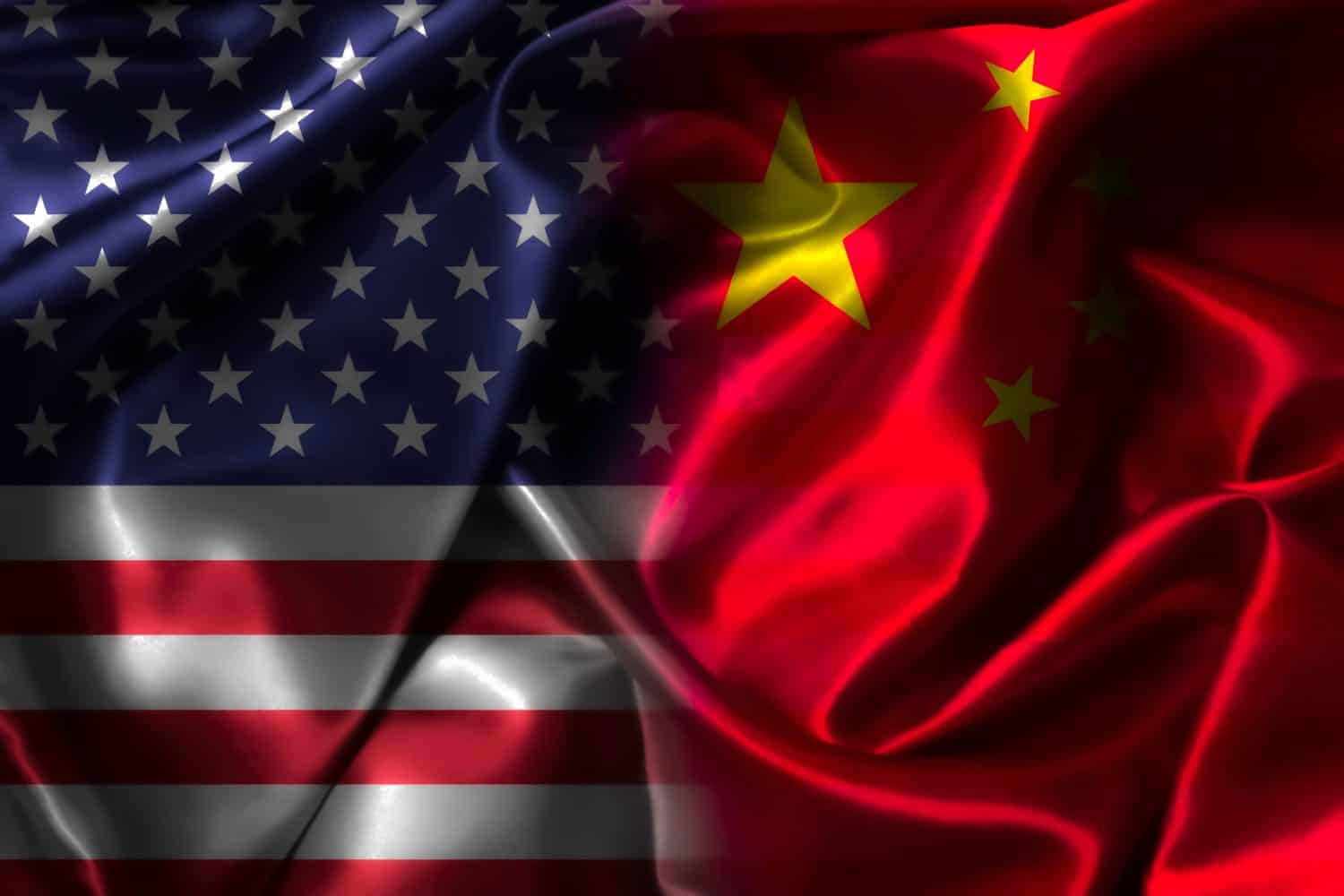
Because of its longtime hostility and aggression toward Socialism and Communism, the United States tried everything short of open war to sabotage China and prevent its emerging economy from overtaking America’s. It failed. The growth, stability, and strength of the Chinese economy were simply too good to ignore, and American companies wanted to invest in them. The United States had resisted normalizing trade relations with China until 2000 and prevented it from joining the World Trade Organization until 2001.
In 1991, China made up only 1% of all U.S. imports. By 2014, it had grown to 47.2% of all U.S. imports.
Since then, the decline in manufacturing jobs in America sped up, motivated by cheaper products made in China with better labor protections, and weak union and wage growth in the United States.
In order to prevent the Chinese economy from damaging the economy of the United States any more, the U.S. has resorted to extreme trade protectionism to harm Chinese imports into the U.S. or to its allies. This includes tariffs of 35% in 2009, disputes over trade, commerce, and currency, accusing China of being a currency manipulator (a move that analysts called “embarrassing” and without “factual basis”), and various trade actions ever since.
After normalizing trade relations, China became the biggest trade partner of the U.S. until 2019 when it dropped to third place due to Trump’s first trade war.
China has welcomed U.S. investment into its economy and the growth of U.S.-based companies in its country, whereas the U.S. has restricted Chinese investment and the operations of Chinese companies, to its own detriment.
The current trade war between the U.S. and China began in 2018 under Donald Trump and continued with Biden and into Trump’s second term.
In 2019, CNBC announced and studies showed that Trump’s tariffs were one of the largest tax increases on U.S. citizens in decades, reducing the real income of everyone and damaging the GDP.
How Did China Avoid Paying Tariffs?
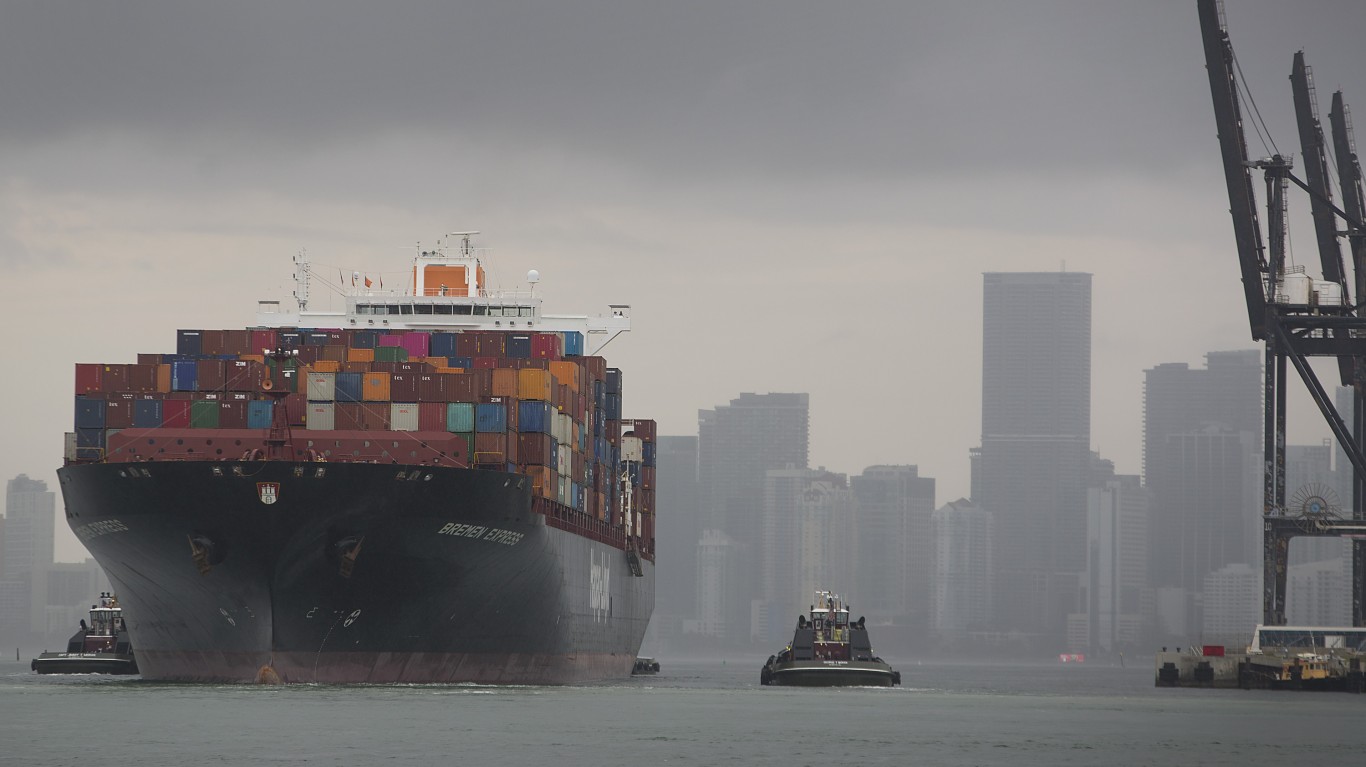
It should be noted that China (as a country and an entity) did not get around the U.S. tariffs. This is true for two very important reasons.
First, as stated earlier, tariffs are not paid by the target country or companies, they are paid by the end consumer (you). Though all parties involved suffer economic harm from tariffs.
Second, with a market economy, China does not control everything about how companies choose to import or export their goods. It is the companies in a particular country that must decide how they want to address the tariffs of an importing country: either import as usual and watch as their products get more expensive in the final destination, or try to get around them in some way.
In response to Trump’s actions, several Chinese companies decided to try and avoid the tariffs.
The most common way for companies to get their products into a country without them being subject to tariffs is to relocate their manufacturing. Since tariffs have to be very specific about what product is being targeted and which country it comes from, by changing where their products are actually made, a company can avoid having their products subject to tariffs.
Several Chinese companies have done this in response to Trump’s tariffs. They moved their manufacturing out of mainland China to Vietnam, Malaysia, Cambodia, India, and Taiwan, among others. Because these products are then exported to the U.S. from these countries, instead of from China, they are not subject to tariffs.
This reveals one unintended consequence of Trump’s tariffs: an increased reach of Chinese companies and the spread of Chinese influence into nearby countries. Also, this avoiding of tariffs has several consequences for U.S. companies including increased competition from products that won’t be affected by price increases. This also increases the amount that domestic and foreign companies rely on Chinese products as the U.S. prices itself out of its own market.
A second way companies can avoid tariffs is through creative tax and accounting tricks. Depending on the type of product, a company can re-classify it as a different product (for example, shipping a product in multiple parts instead of fully assembled) or by removing certain costs from the price of the product and reallocating those costs to other departments. This lowers the final price of the product, which means a lower tariff is applied which brings it back up to its original price in the end.
Can China Avoid Tariffs Again?
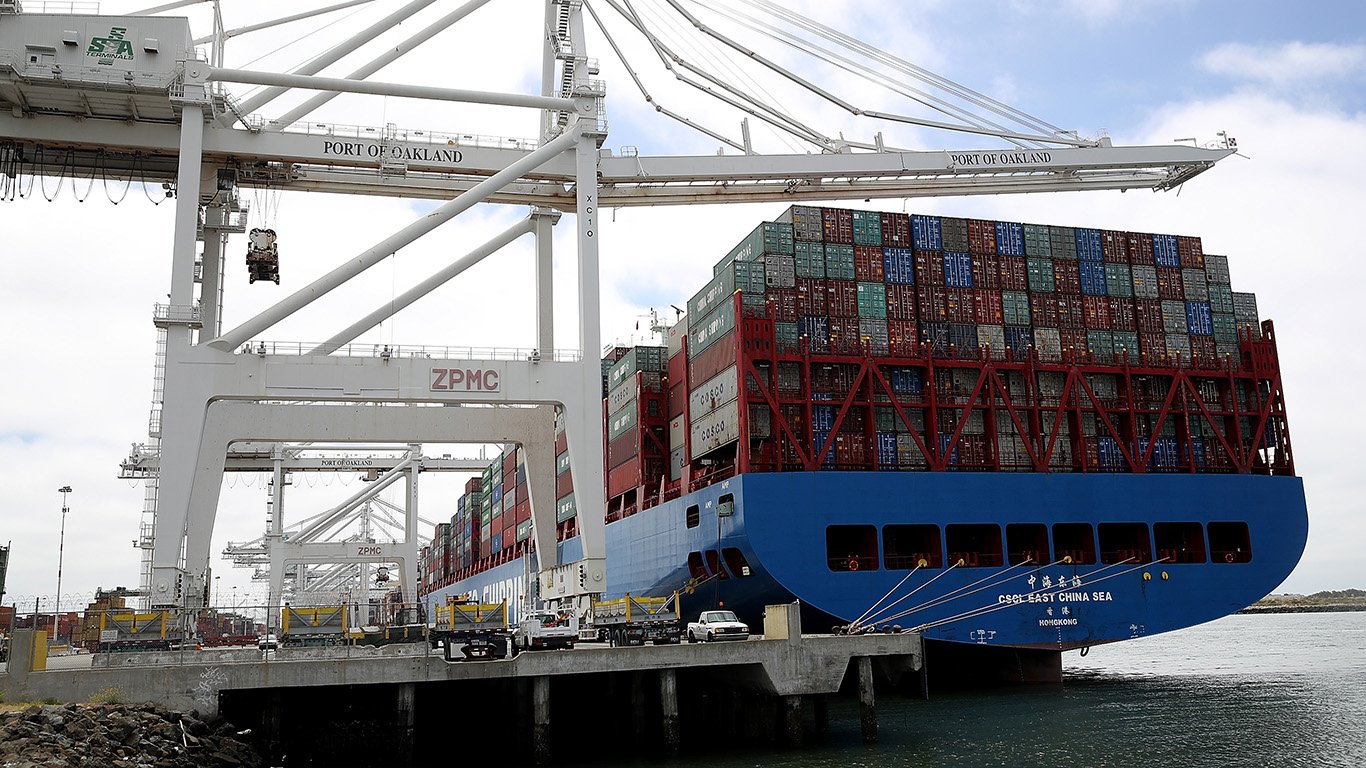
Besides implementing blanket tariffs on all products from every country, there is no way to stop companies from being creative to get around tariffs. This, of course, will obliterate the U.S. economy, so we can expect companies to continue doing so.
However, this doesn’t quite answer the question of whether China, as a country, will try to prevent these companies from doing so, try to convince the U.S. to repeal these tariffs or seek some kind of mutually-beneficial solution.
Like every other country, China’s industry is harmed by tariffs, along with the U.S. economy and the end consumers, so there is some amount of motivation to resolve the trade war.
On the other hand, China might not be in a rush to do so. The tariffs imposed by the U.S. along with Trump’s trade war have shown the world that China’s economy is stronger, more stable, and more advanced than was previously believed, and in many ways more reliable and advanced than the economy in the U.S.
The U.S. has been a valuable place for investment because of its stability, large consumer market, and advanced industry. But the recent deregulation, corruption, and unstable political climate combined with the new information about China’s market are starting to chip away at that hegemony.
Additionally, since the tariffs harm American consumers and American businesses more than Chinese citizens and businesses, it would make sense that China would be slow to see them disappear. After all, don’t interrupt your enemy when they are making a mistake.
The post How Did China Work Around Previous U.S. Tariffs? Can They Do It Again? appeared first on 24/7 Wall St..























